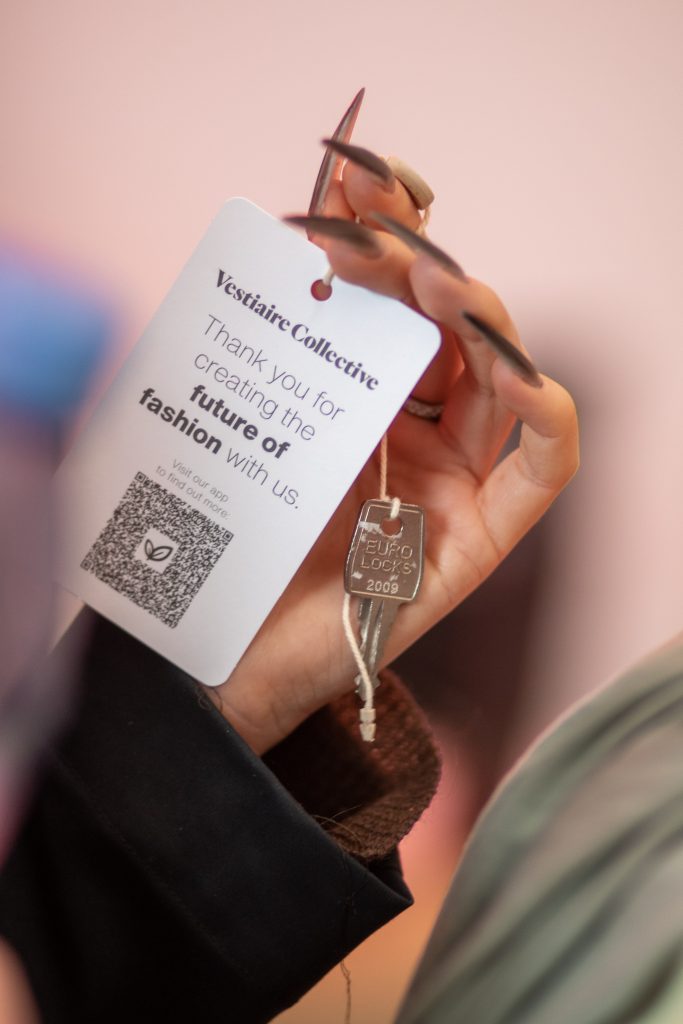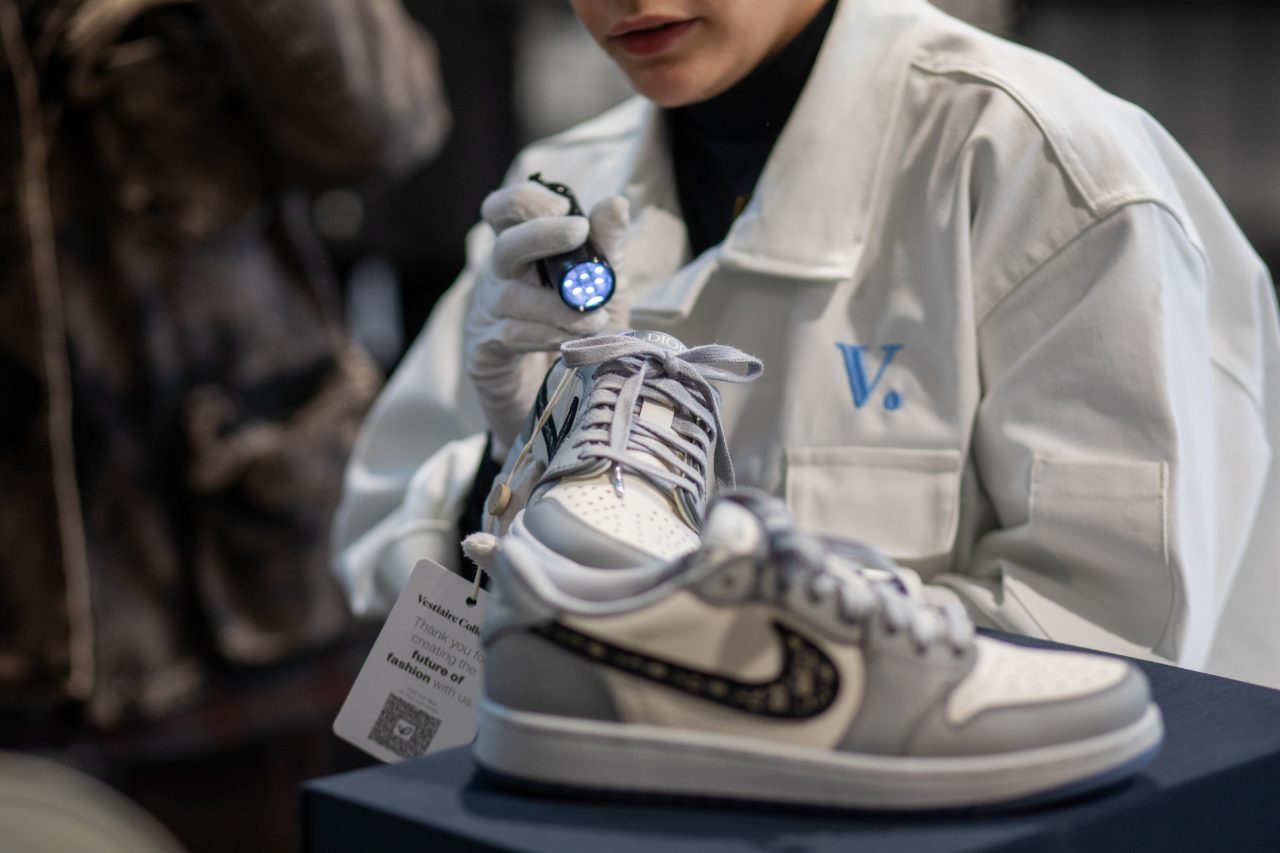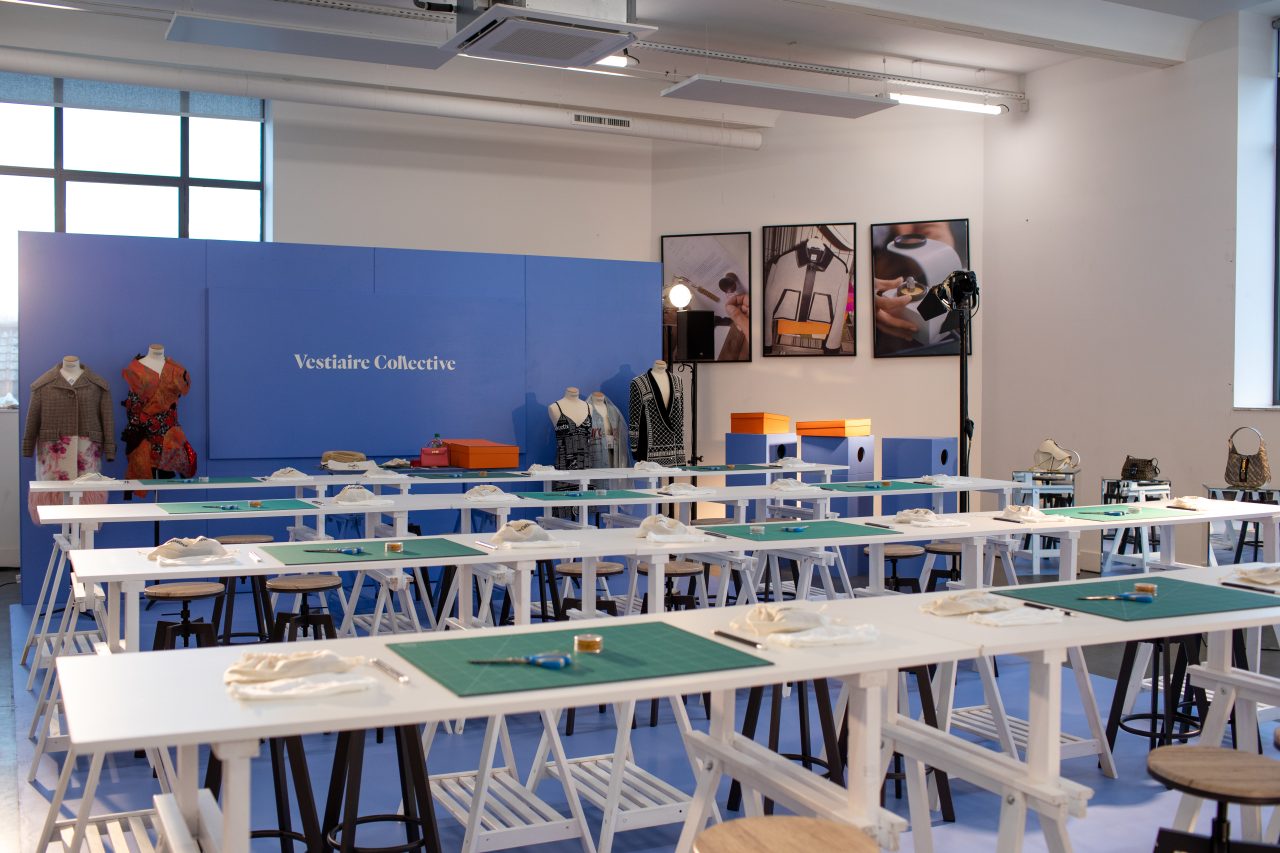
2022 was a big year for Vestiaire Collective, not only in terms of expanding its operations—the global luxury fashion resale platform opened a UK Authentication and Logistics Centre and acquired the Los Angeles-based online peer-to-peer resale marketplace Tradesy—but also in terms of its long-term goals in sustainability. Last March it launched the “Long Live Fashion” campaign fronted by a quintet of stylish puppets crafted from pre-loved clothing, with each character representing a particular facet of the conversation on sustainability in fashion, such as prioritising timeless items, seeking vintage products, or reselling less-frequently worn pieces. A month later, it released Vestiaire Collective’s first impact report, created in partnership with accounting firm PwC, which found that shopping with Vestiaire Collective saved 90 per cent of the environmental cost of a first-hand purchase, or the equivalent of 17kg of CO2. Near the end of the year, the company also made the move to ban fast fashion items from the platform.

Today, we wear our items 40 per cent less than we did 10 years ago, and yet clothing consumption is expected to rise by 63 per cent in 2030, according to Sophie Hersan, co-founder and fashion director of Vestiaire Collective. Formerly a studio manager for a number of fashion designers, Hersan founded the platform in 2009 with five other partners after they noticed that people were buying more, yet wearing their items less, and the group set out to create a solution that was an alternative to consumption in the traditional way. “Fourteen years later, I think the key for people that are joining these movements is: how can I personally consume better quality?” Hersan says.
Also read: The Alter Eco of Guerlain’s Chief Sustainability Officer, Cécile Lochard
“I come from fashion…so I know about creativity and craftsmanship, and how demanding the industry is—I respect that, but also how the industry is able to damage the environment,” she continues. “That’s why the purpose of Vestiaire is really about taste and fashion, but also about trust and sustainability, thanks to the circular business model that we created.”

The demand for sustainability is strong in Europe and growing fast in Asia and the Americas, particularly among Gen Z consumers, and that tracks with the size of the secondhand apparel market, which is valued between US$100 billion and US$120 billion, Hersan says. “We try to encourage the industry to reduce production—it’s our target. We don’t want overproduction or overconsumption,” she continues. “I know fashion is emotional and inspirational. People love fashion, but they can love fashion in a good way. That’s what we’re trying to explain and educate.”
Describing Vestiaire Collective as “a circular business model” and “one piece of the puzzle in circularity,” Hersan says the company supports brands in becoming more sustainable, such as partnering with Chloé for the latter’s Chloé Vertical project, which comprises a capsule collection with items that carry a digital ID that includes information on their provenance. “They’re linear business models,” she explains. “But today, why the move to more circularity? Because the customers themselves asked the brands. When customers stick to the brand and become loyal, brands understand that to answer the demand of customers, they have to go into the secondhand market, [even though] it’s not their core business.”

Based on Vestiaire Collective’s 2022 Impact Report, the fashion resale industry will double its market share to 18 per cent by 2030, by which time the number of items purchased pre-loved instead of first-hand will have reduced the environmental cost by €38 billion. “[The conversation on sustainability and circularity in fashion] has become bigger, and it’s only the beginning,” Hersan says. “We know that today resale is growing faster than fast fashion, so there’s no stigma anymore [with buying secondhand items] … I have good hope that today we are at a turning point.”

“It’s really important for us to position Vestiaire as a solution today, and we have a lot to do. Again, it’s about education, and how to encourage and highlight the benefits of buying secondhand and move away from fast fashion. We hope that members are following this movement, to move from fast fashion to second hand: for $100, you can buy one piece with better quality than five pieces that will go to waste.”
Read more: Chloe and Angelina Jolie’s Atelier Jolie Partner Up For A Capsule Collection
